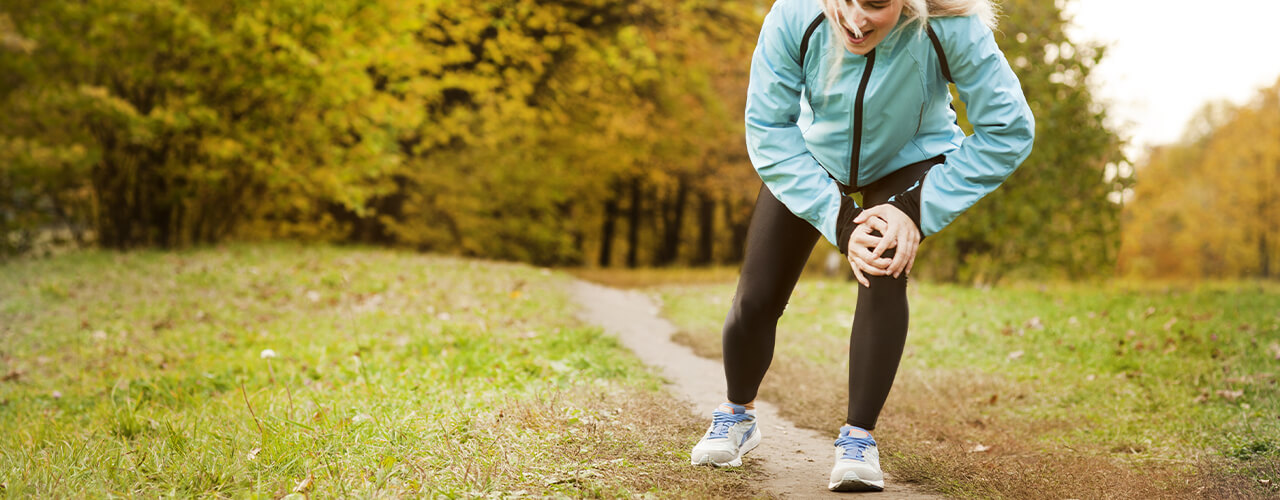Balance & Gait Disorders
Get Back on Your Feet Today with Our Balance and Gait Treatment Programs
There are many reasons why balance and gait disorders may occur, including underlying neurological or musculoskeletal disorders.
Do you ever feel unsteady, as if you may fall over without warning? Does the pain in your joints make it difficult for you to move around? Do you experience spinning sensations, even when you are sitting or standing still? If so, you may have a balance or gait disorder. These disorders can affect both your physical and mental wellbeing, and they can be quite debilitating.
Fortunately, Synergy Manual Physical Therapy can relieve these disorders so you can get back to living your life on your own terms! To learn more about treating your balance and gait disorders with physical therapy, schedule your appointment today!
How our balance and gait programs can help you
When you arrive at our Colorado Springs, CO physical therapy office, you will undergo an initial evaluation to examine your balance, gait, stance, symptoms, and medical history. Once this is complete, one of our dedicated physical therapists will design an individualized treatment plan based on your specific needs, in order to treat your balance or gait disorder. This may include:
Gait retraining exercises
In a study cited by the Arthritis Foundation, patients suffering from osteoarthritis-related gait disorders were able to successfully alter their gait through treadmill exercises. Sometimes, abnormalities in gait can be effectively corrected simply through “retraining.” If this is the case, our physical therapist will walk you through proper posture, stance, and walking techniques.
Vestibular rehabilitation
If you are suffering from BPPV, our physical therapist will provide you with specific exercises that will return the calcium debris to the correct parts of your ear. Vestibular rehabilitation is a balance-and-gait-specific type of rehab that works to improve your nerves, muscles, vision, and the vestibular system as a whole, in order to maintain a steady balance.
Strengthening exercises
Your evaluation will help determine any problem areas in your body that may need strengthening. Our physical therapist will provide you with exercises that will build up your muscles, thus making it much easier for you to move around and reduce your risk of injury.
Stretches
Targeted stretches will give you more control and quicker reactions with your movements, in addition to reducing your risk of injury. They are an important part of a treatment plan that will help improve your flexibility and your range of motion. They will also help in keeping your muscles from becoming too tight and stiff.
What’s causing my balance or gait disorder?
There are several reasons why you may develop a balance or gait disorder. It is common for balance disorders to develop from an issue with the vestibular system, which is a delicate collection of fluid-filled chambers and sensory nerves located in the inner ear.
Your vestibular system helps manage your “proprioception,” or sense of position, and when this is altered, it can be difficult to keep yourself steady. Some common vestibular conditions that can lead to balance disorders include:
Injury or ailment
Even if your brain and nervous system are working in harmony with one another, a sudden injury, disease, or other ailments resulting in muscle weakness can interfere with your balance and make it difficult to keep yourself upright.
Benign paroxysmal positional vertigo (BPPV)
BPPV develops when calcium debris breaks off in the inner ear, resulting in issues with your balance.
Neurological issues
Neurological issues can throw you off balance. Some common conditions include brain injuries, stroke, or Parkinson’s disease, to name a few. Essentially, anything that impacts your neurological system can impact your ability to balance yourself.
The origin of a gait disorder may not be as simple to diagnose, as there are even more conditions that can result in a gait disorder. Any condition that impairs your muscle or nerve functions can cause you to walk in an abnormal manner. Because of this, gait disorders can also develop from the symptoms of neurological or neuromuscular issues, much like balance disorders.
However, it is also common for gait disorders to develop from underlying musculoskeletal disorders. Just a few of the many conditions that may lead to a gait disorder include overuse injuries, abnormal foot arches, plantar fasciitis, a previous lower extremity injury that healed improperly, or uneven muscle support that causes you to favor one side of your body more than the other.
So, what exactly are balance and gait disorders?
Balance and gait disorders both fall under the category of functional disorders since they can interfere with your positional awareness, your ability to keep yourself upright, and your overall normal movement functions.
Balance and gait disorders, while similar, have some specific differences. Anything that causes you to feel unsteady or like you’re “spinning” can be defined as a balance disorder. This can increase your risk of falling because you may feel as if you may fall at any given moment. A balance disorder impacts both your physical and mental functionality, because your brain may believe you are moving even when you are not.
Gait disorders are a bit different from balance disorders. While they can still affect your balance, it has less to do with your mental functionality and everything to do with your physical functionality. Gait disorders are caused by abnormal movements with the ways in which you walk, which may become gradually more exaggerated as you get older. According to Move Forward Physical Therapy, gait disorders account for 17 percent of senior falls, as symptoms of a gait disorder seem to worsen with age.
Reclaim your life today
If you have been living with a balance or gait disorder, contact us today at Colorado Springs, CO! Don’t let the spins knock you down – get back on your feet with Synergy Manual Physical Therapy!




